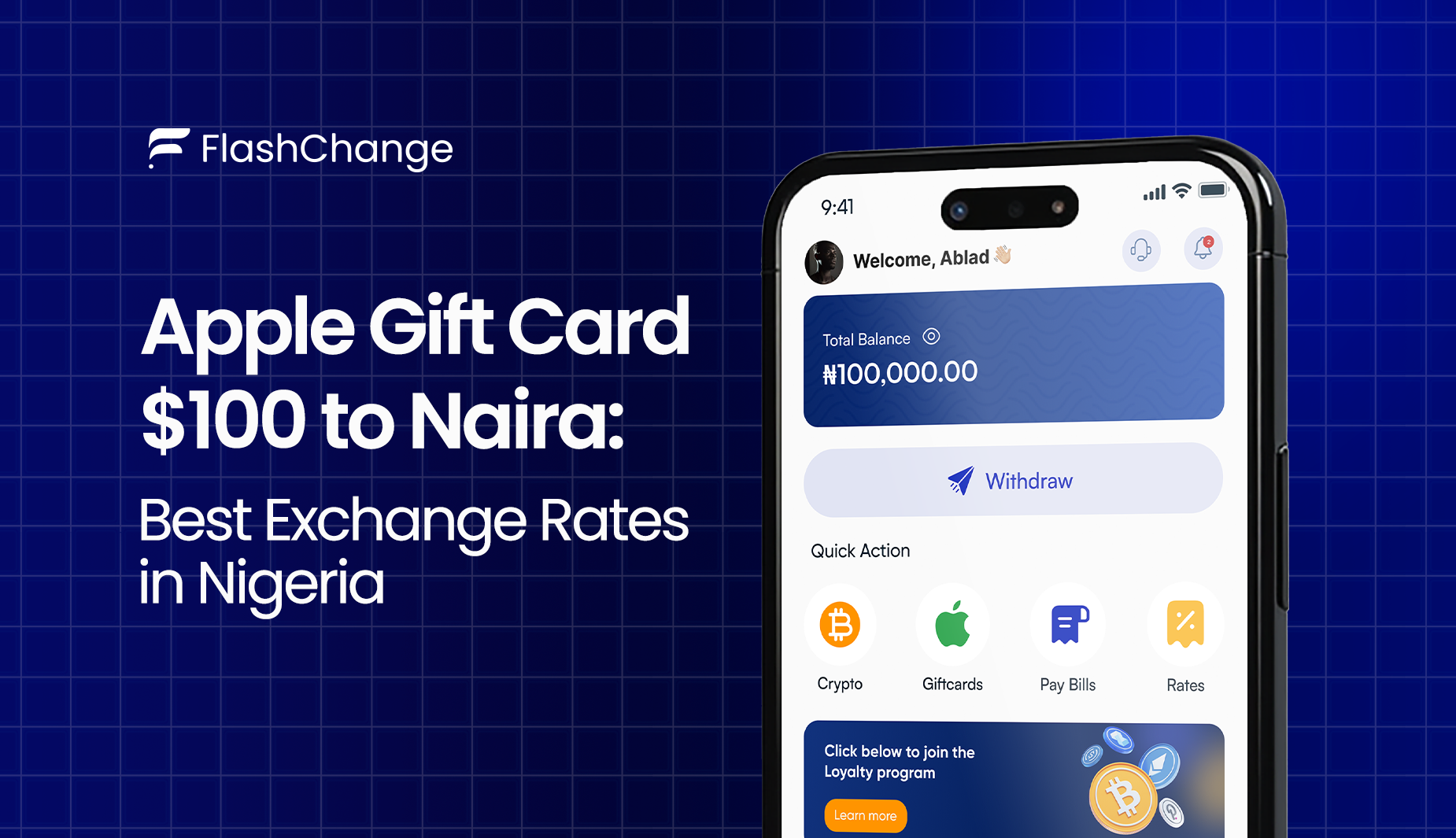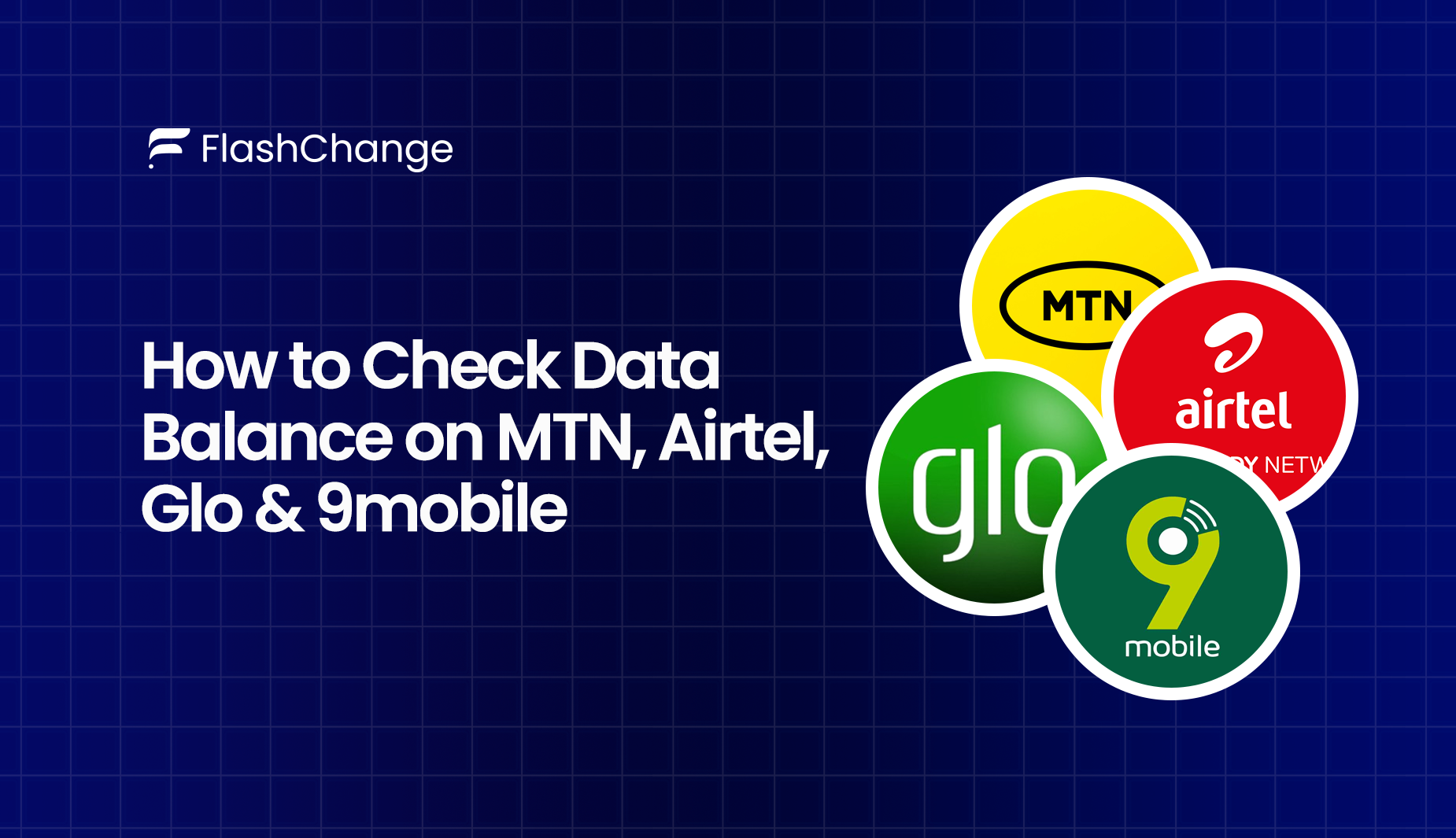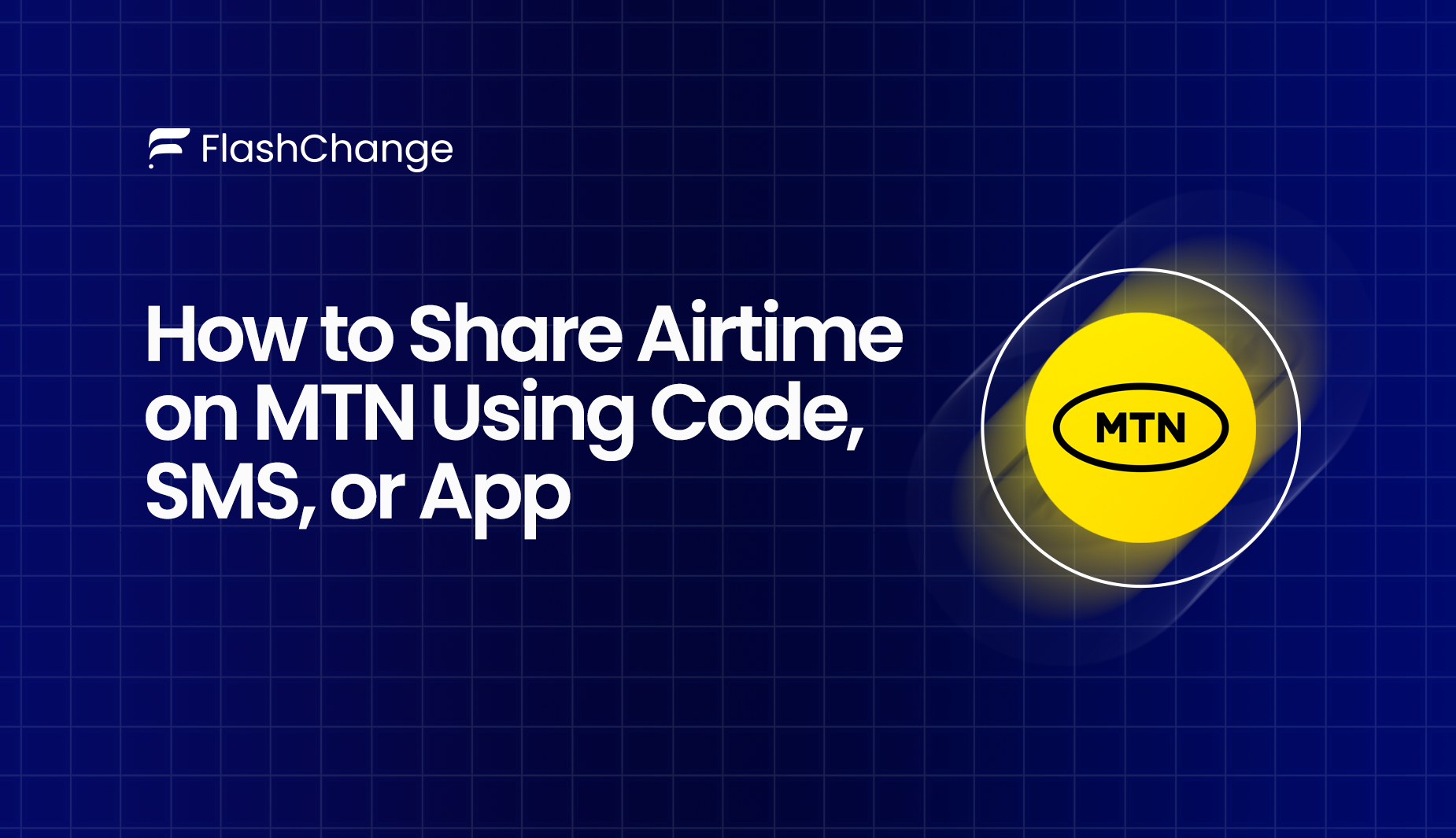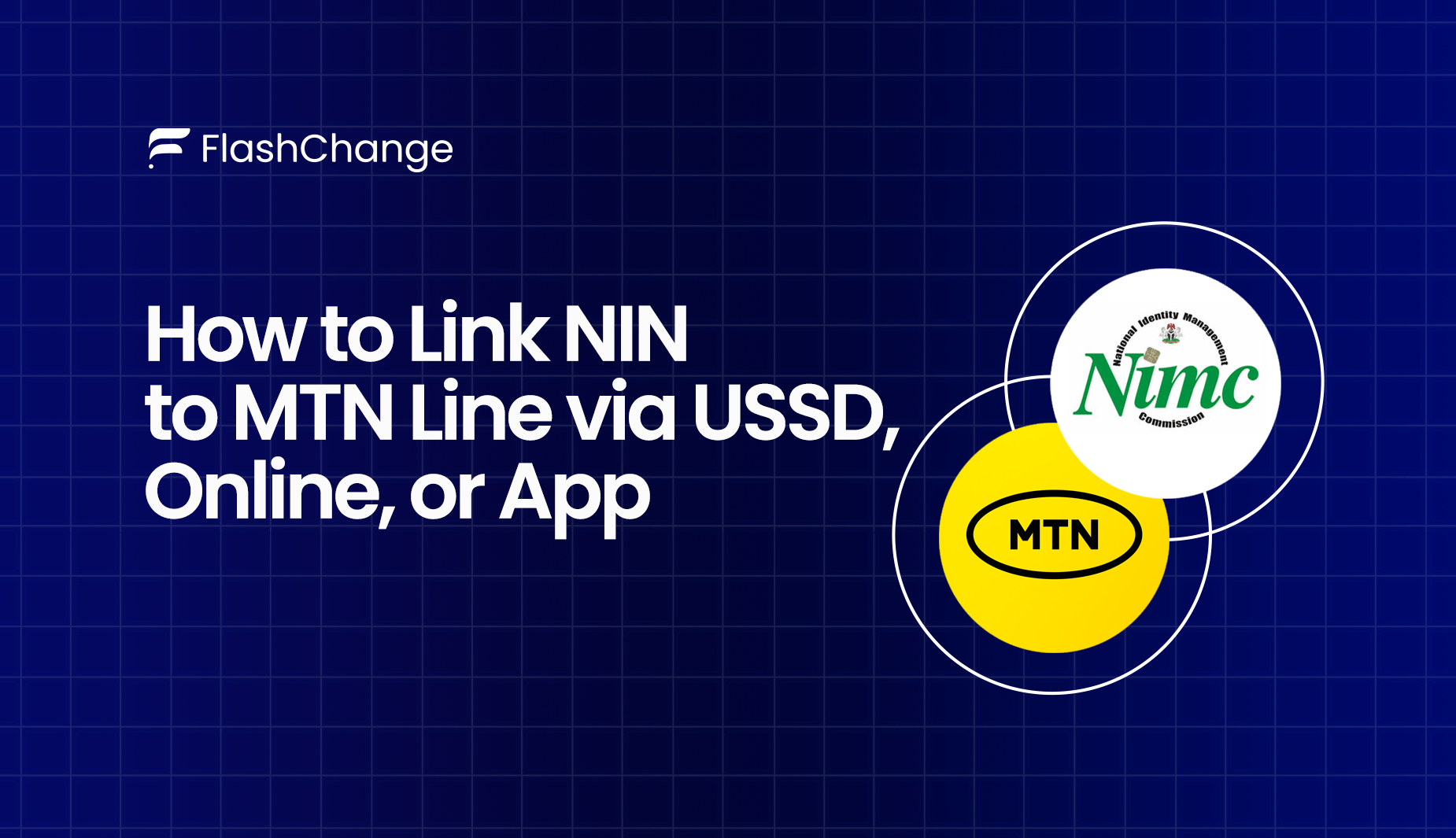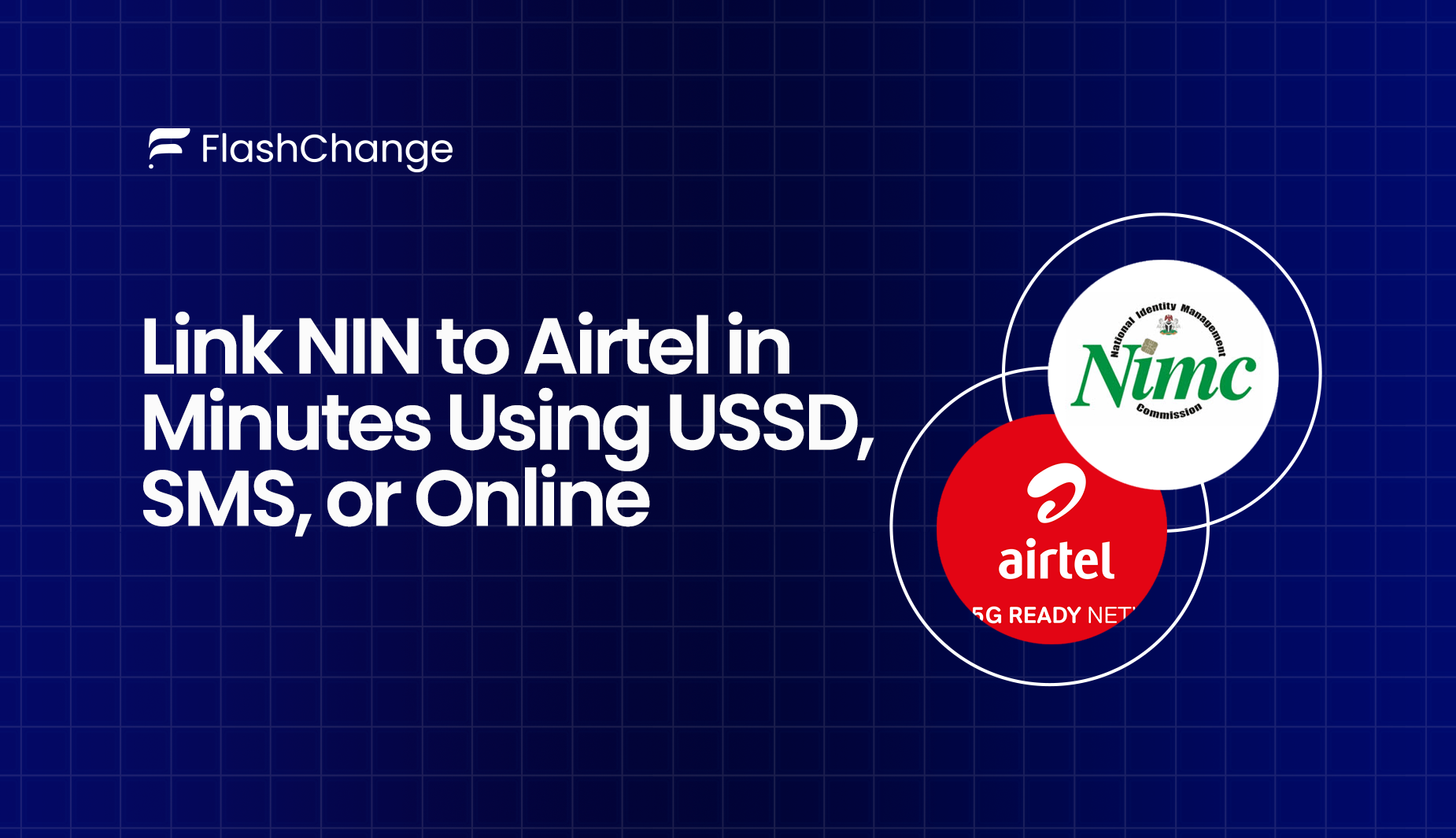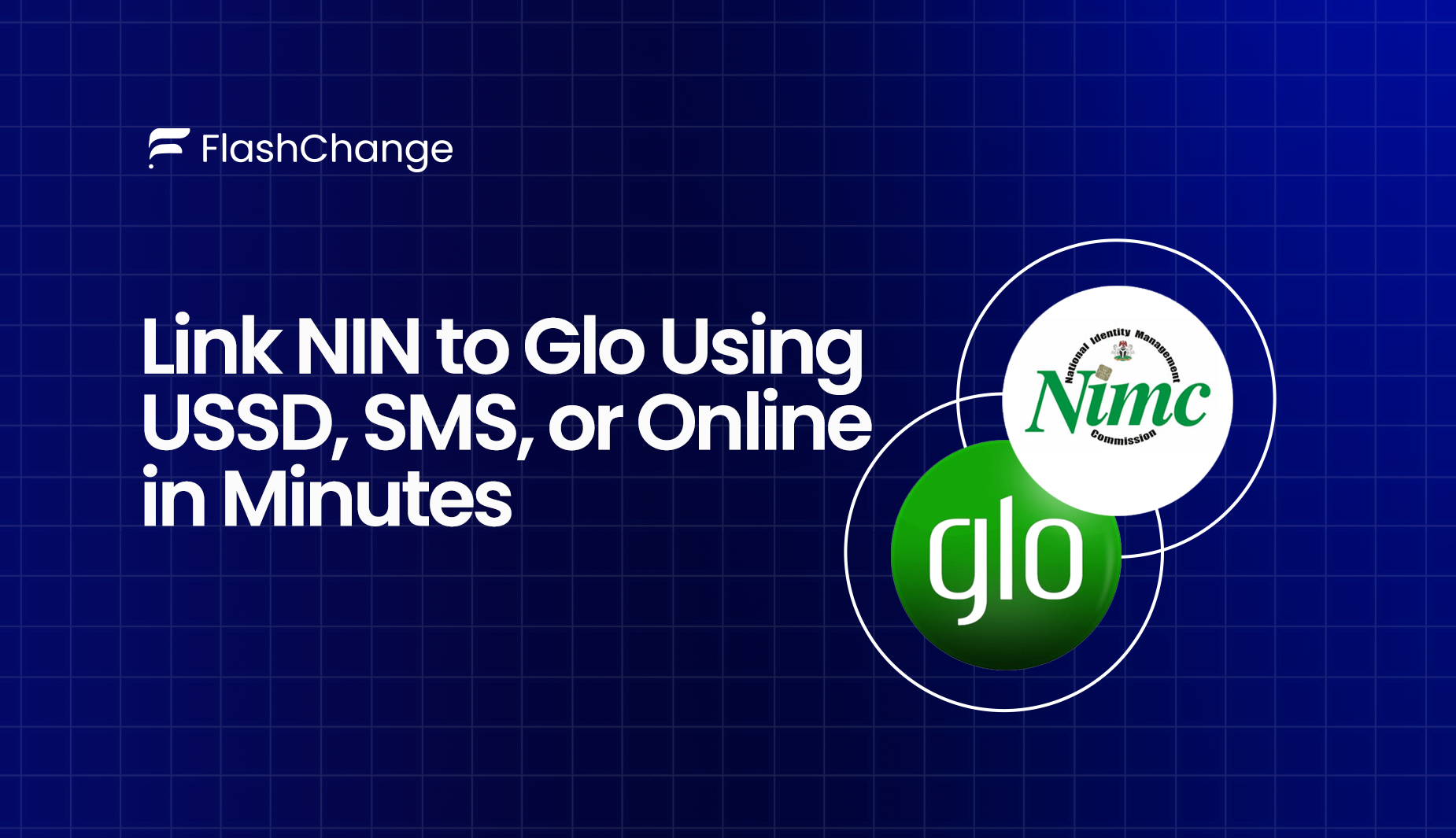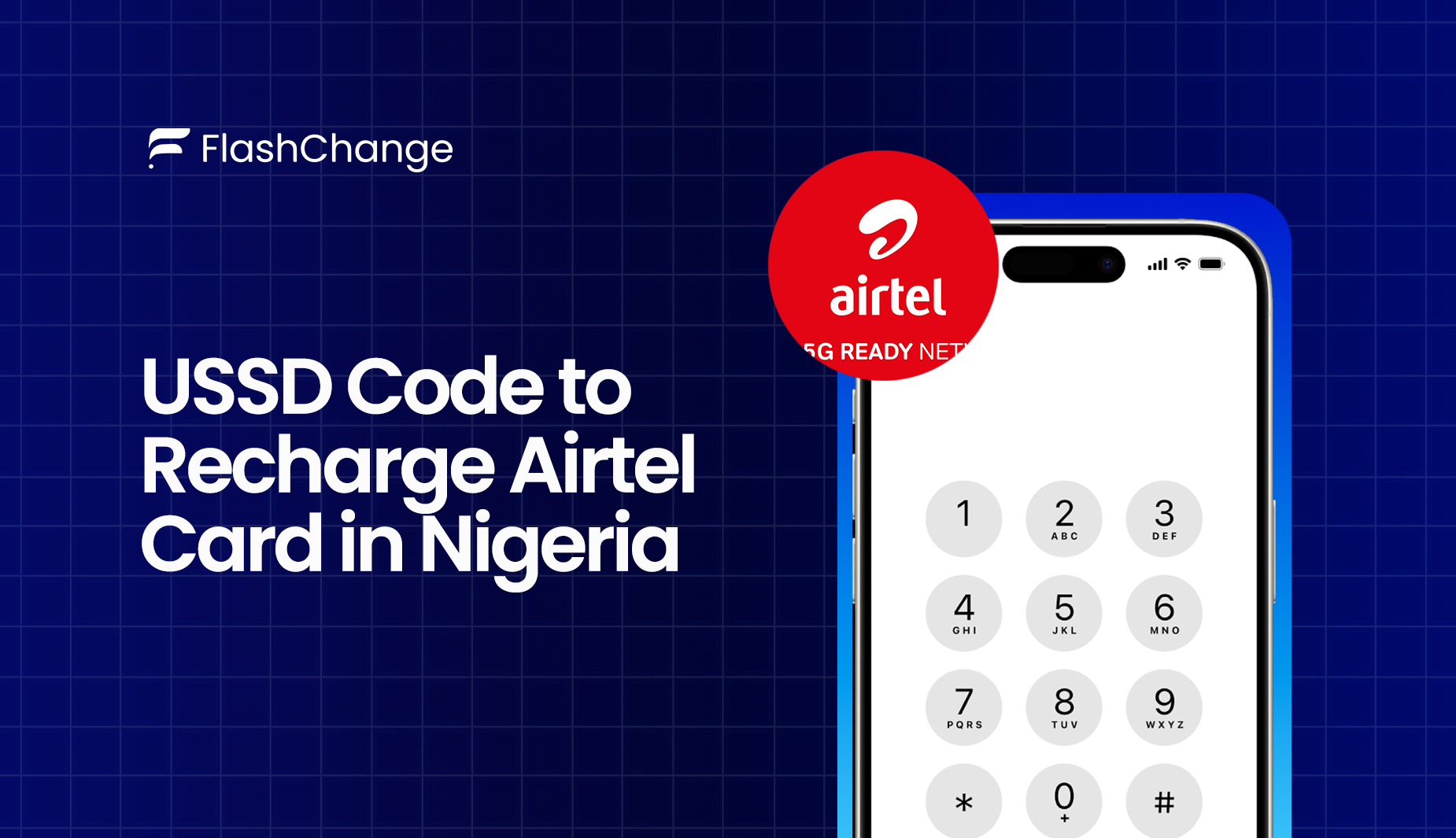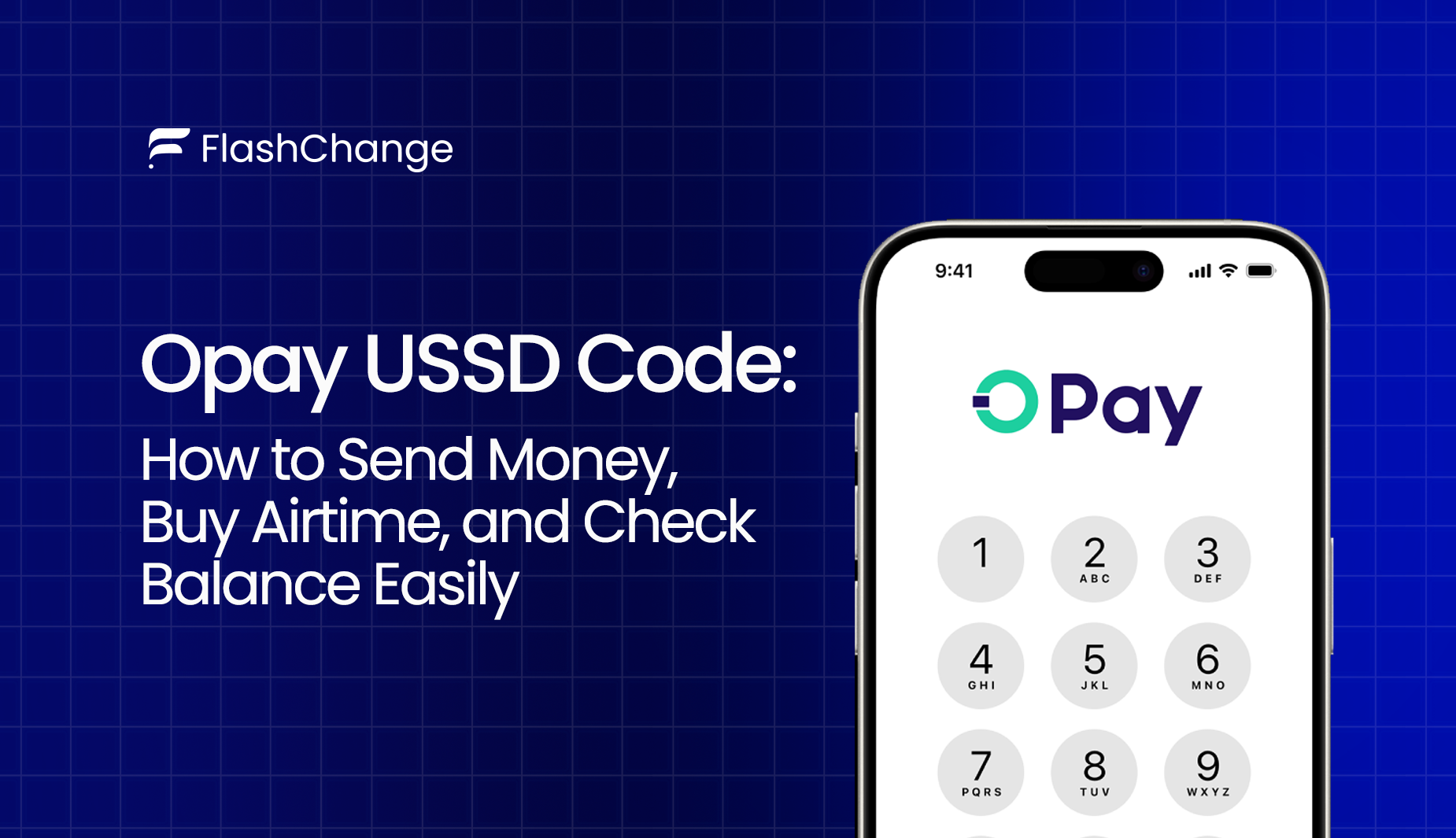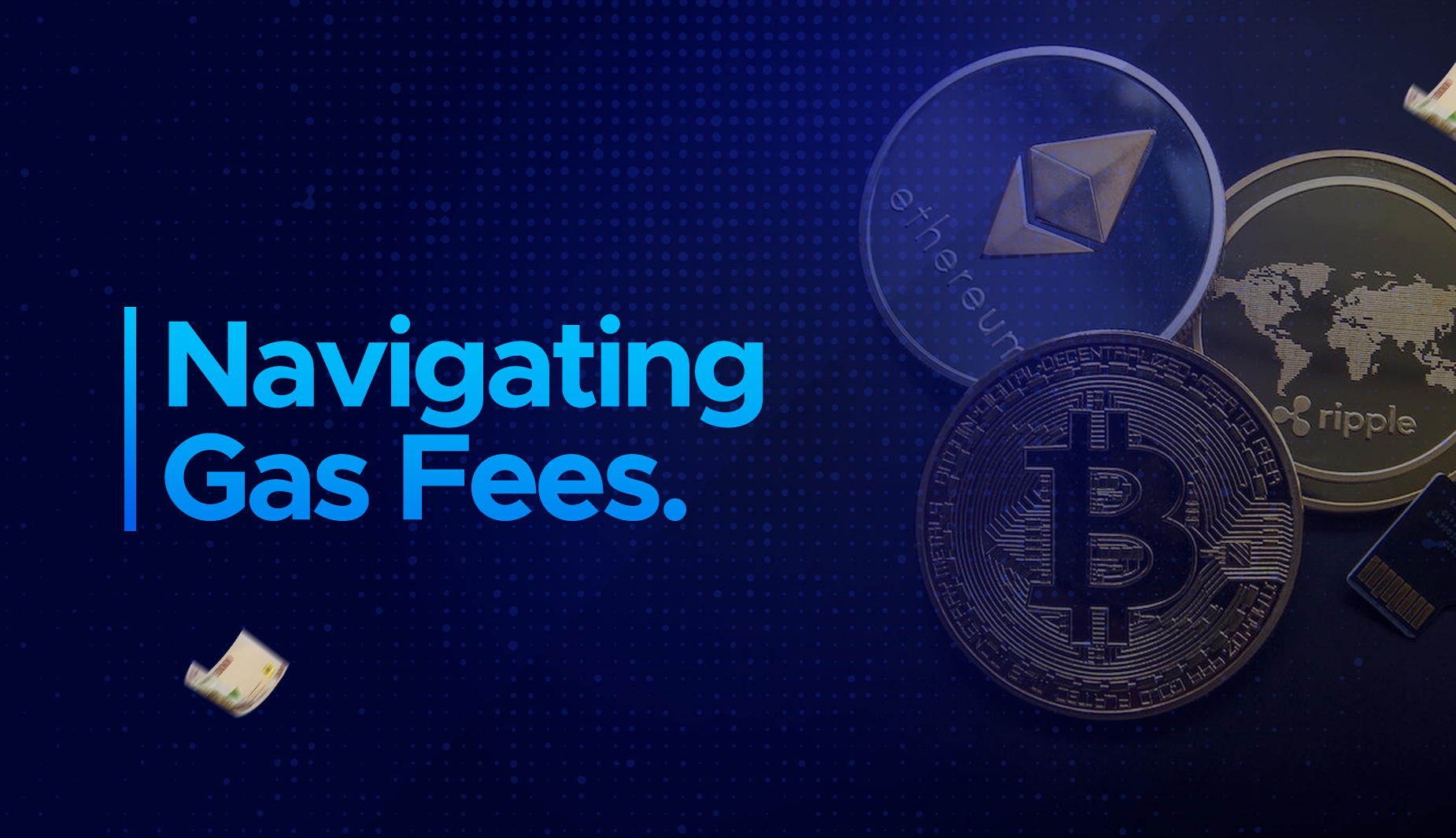
Navigating Gas Fees: A Step by Step Guide for Beginners
What are Gas Fees?
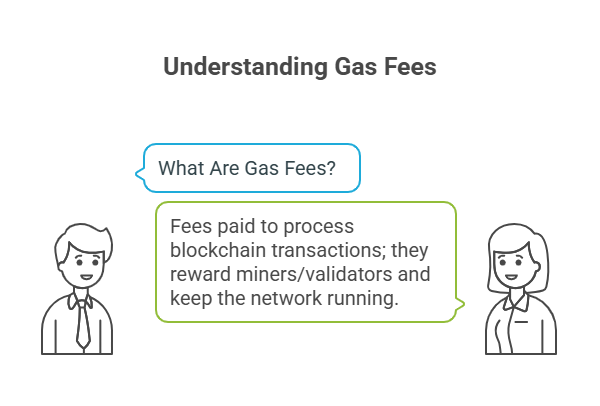
Gas fees are the costs associated with processing and validating transactions on blockchain networks. They serve as incentives for miners or validators to include your transaction in a block. Essentially, gas fees keep the blockchain running smoothly. If you’re new to all of this, our Crypto Trading for Beginners guide can help you understand where gas fees fit into the broader trading process.
Several factors can influence Gas fees and cause it to vary. These include network congestion, transaction complexity, and the urgency of your transaction. During times of high demand, such as when a new token is launched or during market volatility, gas fees tend to rise.
In the Ethereum blockchain, gas fees are measured in gwei (a fraction of ETH).
How Do Gas Fees Work? (Ethereum, Bitcoin, and Other Networks)
Each blockchain has its own transaction fee structure:
- Ethereum: Gas fees vary depending on network activity and the type of transaction (e.g., simple transfers cost less than smart contract executions).
- Bitcoin: Uses a block size limit instead of a gas system, and fees depend on transaction size in bytes.
- Other Networks: Layer 2 solutions like Arbitrum and Optimism offer lower gas fees by processing transactions off-chain before settling on Ethereum.
You can learn more about these dynamics and practical trading steps in How to Buy, Sell, and Trade Cryptocurrency.
Factors Affecting Gas Fees
1. Network Congestion
When many users send transactions simultaneously, competition increases, leading to higher fees.
2. Gas Limit
This defines the maximum amount of computational work a transaction requires. Complex smart contracts demand higher gas limits, making them more expensive.
3. Base Fee + Priority Fee (Tip)
Ethereum’s EIP-1559 model includes:
- Base Fee: Automatically set based on network demand and burned after the transaction.
- Priority Fee (Tip): Optional extra payment to incentivize validators for faster processing.
4. Transaction Type
- Token swaps and smart contract interactions incur higher costs than simple ETH transfers.
- Layer 2 solutions like Polygon and zkSync offer cheaper alternatives.
Best Strategies to Reduce and Hedge Gas Fees
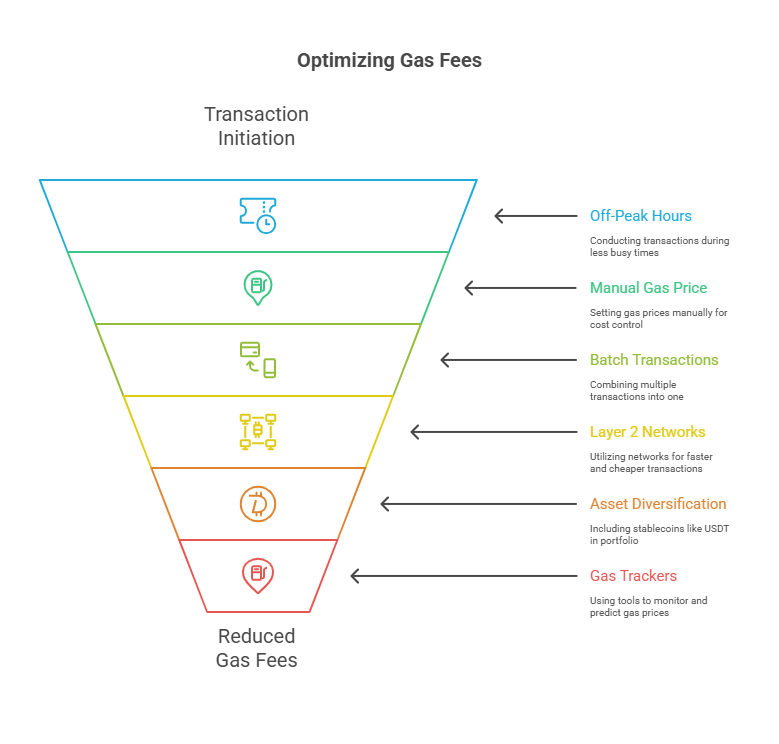
Here are some tips to help you manage how much you spend on gas fees.
1. Choose the Right Time: Monitor the network traffic and choose periods of lower congestion to execute your transactions. This can significantly reduce gas fees.
2. Adjust Gas Price: Most decentralized wallets allow you to adjust the gas price, balancing speed and cost. If your transaction isn't time-sensitive, consider using a lower gas price to save on fees.
3. Batch Transactions: Combine multiple transactions into a single batch. This reduces the number of transactions competing for block space, potentially lowering your overall gas costs.
4. Diversify Your Portfolio: Consider converting to USDT as USDT gas fees are notably low and relatively stable for most of the networks, also, a mix of cryptocurrencies with varying gas fee structures can provide flexibility. Choose assets with lower fees for day-to-day transactions and others for long-term holdings or investments.
To make sure you're not falling into avoidable traps—Common Crypto Mistakes and How to Avoid Them is a great resource to stay ahead.
5. Gas Estimation: Accurately estimate the gas limits for each transaction with the use of gas estimation libraries or simulators to establish the optimal gas limits for specific transactions. to avoid overestimating and consuming unnecessary gas.
6. Use Gas Fee Optimization Tools
7. Hedge Against Gas Fee Volatility: Some platforms offer gas tokens that can be bought and used later when fees are high.
Tools & Platforms to Optimize Gas Costs
Gas Fee Calculators
- Etherscan Gas Tracker: Monitors current gas fees.
- GasNow & Blocknative: Provide fee estimates for different speed levels.
Gas Fee Optimization Services
- Flashchange: Helps users convert crypto efficiently, reducing unnecessary gas expenses.
- Batched Transactions: Some wallets and DeFi platforms allow users to bundle transactions, minimizing fees.
Future of Gas Fees: Will They Ever Go Away?
Ethereum 2.0 and other blockchain upgrades aim to lower gas fees, but fees will likely remain a key aspect of network security and validator incentives. Innovations like sharding, rollups, and new consensus mechanisms continue to make transactions cheaper and more efficient.
FAQs
Why Are Gas Fees So High?
Gas fees increase during peak network activity due to supply and demand economics.
What’s the Best Time to Transact on Ethereum?
Off-peak hours (late nights or weekends) usually have lower gas fees.
Can I Avoid Gas Fees Completely?
While you can’t eliminate them, using Layer 2 solutions or fee-optimized platforms can significantly reduce costs.

